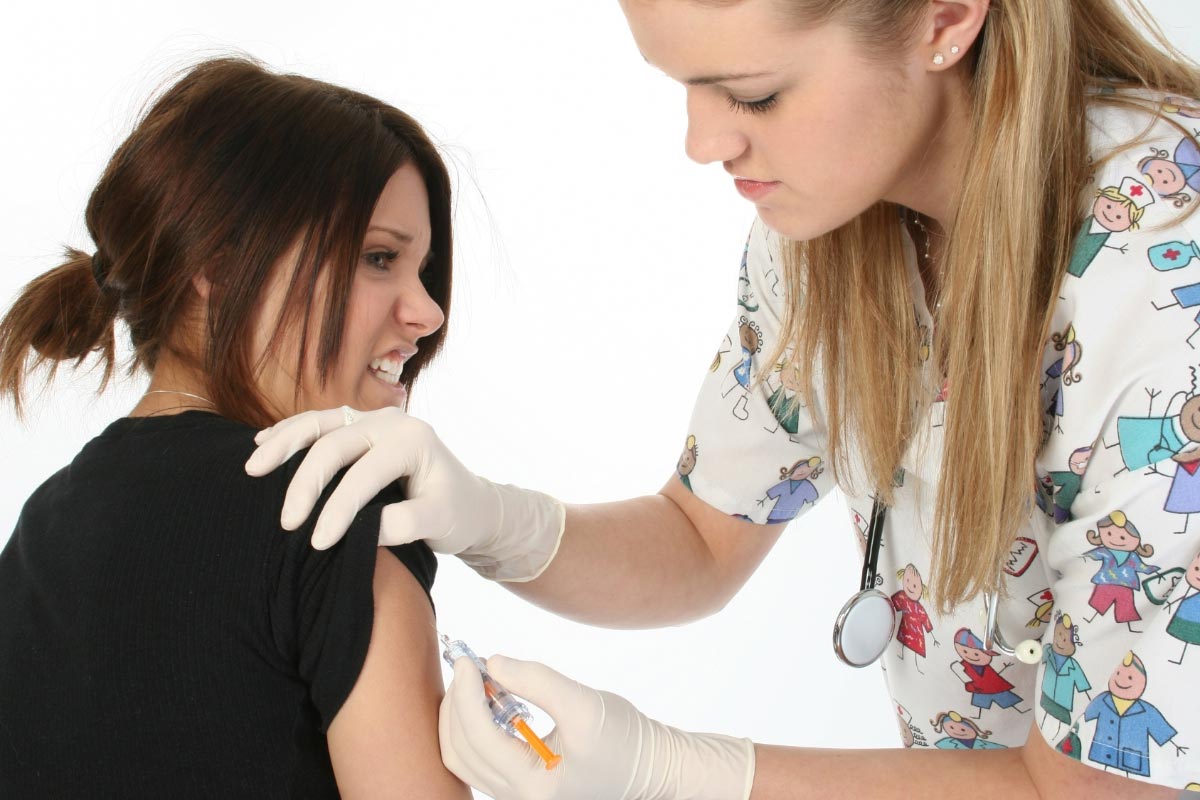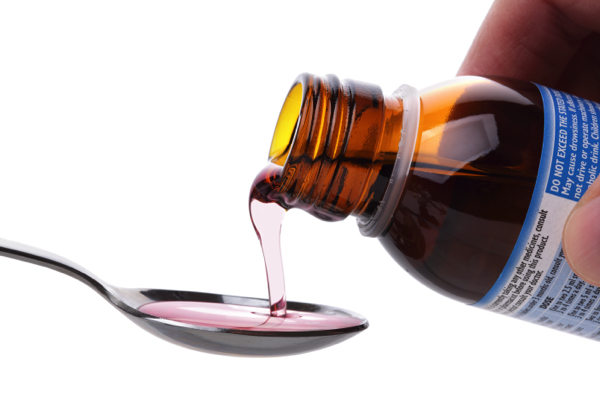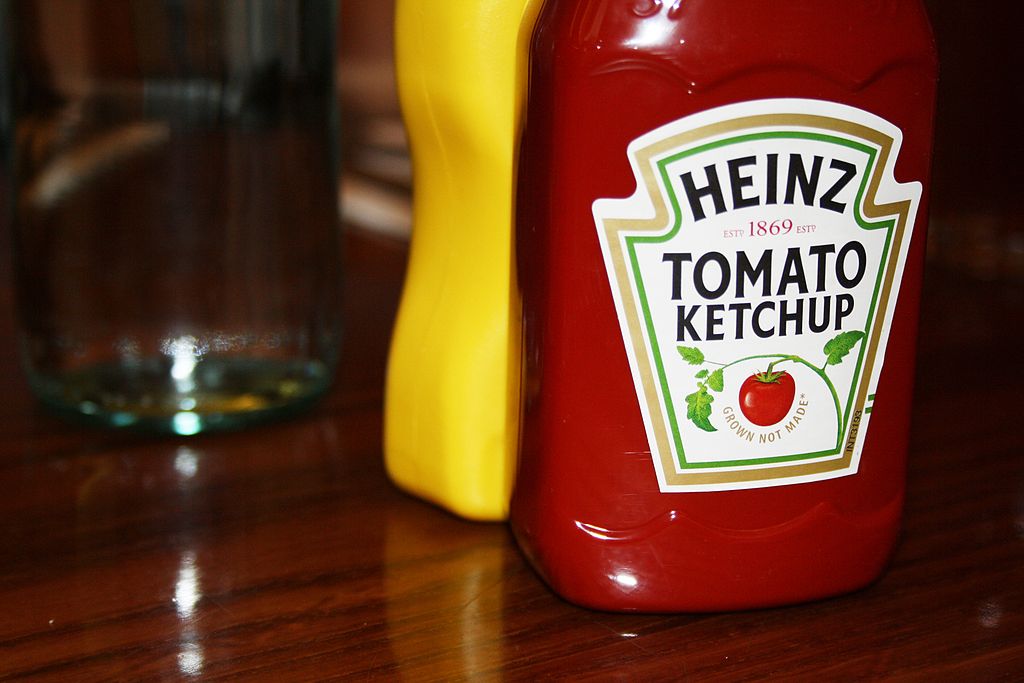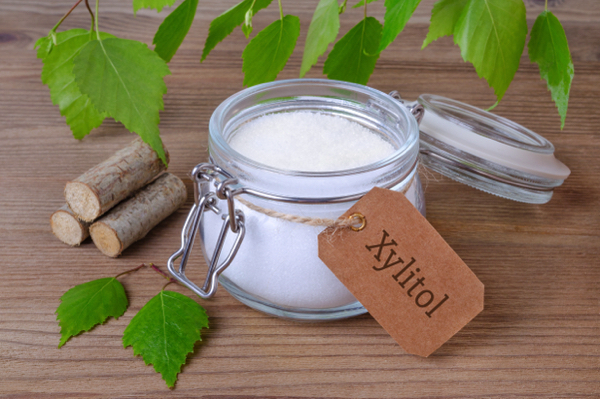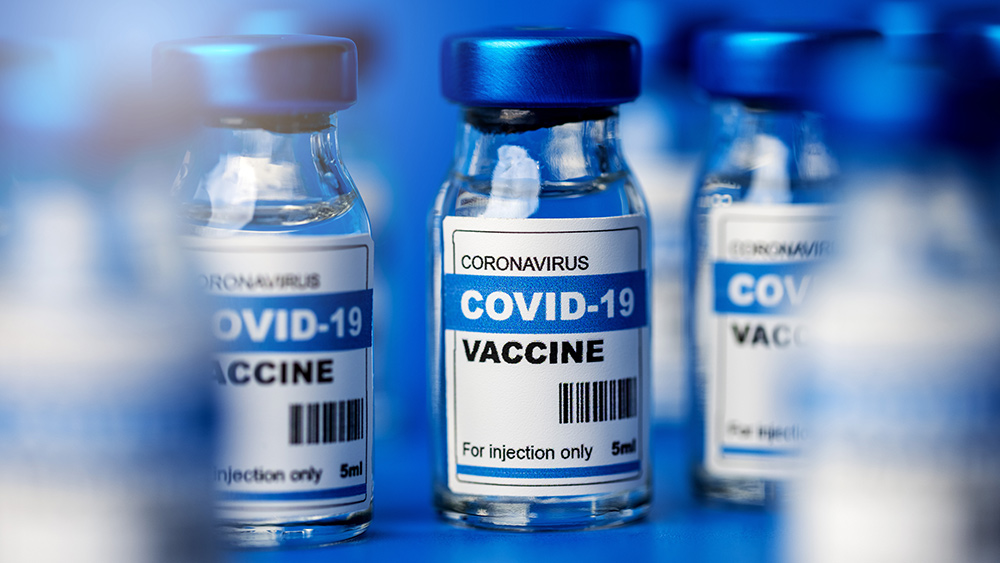The hidden risks of disodium pyrophosphate in cosmetics and its impact on health
06/18/2025 / By Zoey Sky
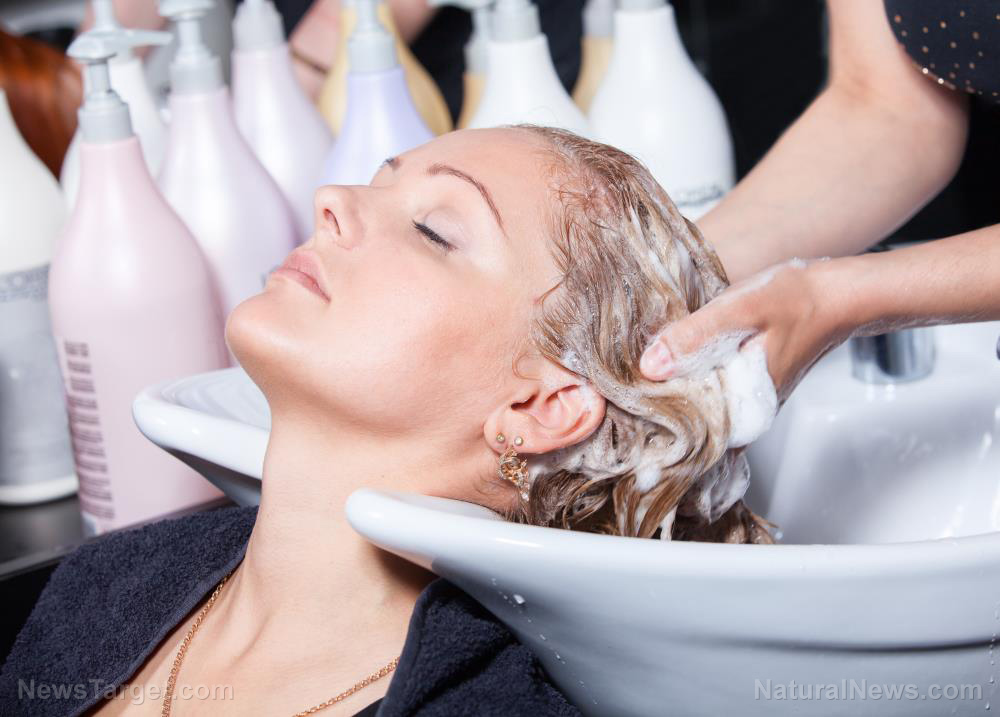
- Disodium pyrophosphate (DSP) is a sodium salt used in cosmetics as a chelator, stabilizer and pH adjuster. It is added to toothpaste, shampoos, moisturizers and makeup removers to soften water, preserve ingredients and improve product consistency.
- Ingestion of large amounts of DSP can cause stomach problems, but skin irritation and increased permeability from topical use are primary concerns. It may also enhance the absorption of other harmful ingredients in products.
- Rinsing DSP into waterways causes eutrophication (excessive algae growth), which harms aquatic ecosystems even at low concentrations.
- Natural chelators like citric acid, eco-certified products and oil-based cleansers are safer, biodegradable alternatives to DSP.
- The EU restricts DSP use due to skin irritation risks, but the FDA does not. Advocates push for better labeling, independent toxicity studies and consumer-driven demand for cleaner beauty products.
Cosmetic products are often marketed as solutions to enhance beauty and health, but many contain chemicals that may do more harm than good. Among these is disodium pyrophosphate, a ubiquitous yet concerning additive found in cleansers, shampoos and toothpaste.
Read on to learn more about disodium pyrophosphate, its uses and the adverse side effects linked to this additive.
Disodium pyrophosphate: Industrial uses and toxicity
Disodium pyrophosphate (DSP) is technically a sodium salt of phosphoric acid, but it may be labeled under trade names or other chemical identifiers such as anion P2O74-. DSP is most commonly listed as “disodium pyrophosphate” on labels.
DSP is a cousin of other phosphates such as tetrasodium pyrophosphate, and it serves primarily as a chelating agent, pH adjuster and anticaking additive in personal care products.
DSP’s utility stems from its ability to bind metal ions (chelation), preventing them from clouding formulations or degrading ingredients like preservatives. (Related: Study: Toxic FOREVER CHEMICALS are found in many cosmetics.)
In shampoos, DPS softens water by binding calcium and magnesium, minerals that are common in hard water, which can cause soap scum.
In skin care, DSP stabilizes emulsions and adjusts acidity to enhance product efficacy. Toothpaste often contains DSP to neutralize mouth acidity and inhibit tartar buildup.
The controversies about DSP often involve its potential toxicity. When ingested in large amounts, DSP can cause gastrointestinal distress, though topical exposure is more common. Skin irritation is a well-documented risk, particularly for those with sensitive skin.
A 2020 study published in Cosmetic Science and Technology noted that repeated topical exposure might increase skin permeability, raising concerns about the absorption of other harmful ingredients.
Environmental concerns further complicate its use. When rinsed into waterways, DSP contributes to eutrophication by promoting algae growth, exacerbating oxygen depletion in aquatic ecosystems. Researchers emphasize that even low concentrations in waste streams can destabilize ecosystems over time.
DSP appears in everyday products, including:
- Makeup removers – DSP is often blended with oils to enhance spreadability and prevent rancidity.
- Moisturizers and sunscreens – DSP is added to moisturizers and sunscreens to stabilize UV filters and prevent metal-induced discoloration.
- Shampoos and conditioners –Shampoos and conditioners with DSP are usually marketed as sulfate-free options, where the additive is used as a substitute for traditional surfactants.
- Toothpaste – DSP comprises up to five percent of formulations to neutralize acidity and inhibit mineral buildup.
Alternative products without disodium pyrophosphate
While DSP is impossible to avoid entirely in commercial products, alternatives exist. Natural chelators like citric acid and gluconolactone are gentler and biodegradable.
Green chemistry advocates suggest looking for certifications like Ecocert or Leaping Bunny, which exclude synthetic chelators.
Oil-based cleansers sans synthetic additives, such as argan or jojoba oil blends, sidestep DSP entirely.
How to detox from disodium pyrophosphate
Since DSP is readily excreted through the kidneys, avoidance is the optimal strategy. A gradual transition to DSP-free products and patch testing new formulations can mitigate risks.
Despite growing concern, regulation is inconsistent. The EU’s REACH program classifies it as “irritating to skin,” but permits limited use. Meanwhile, the Food and Drug Administration (FDA) imposes no restrictions under current guidelines.
Advocates cite the need for stricter labeling laws and funding for developmental toxicity studies on DSP. Consumer pressure can also help push brands toward transparency and reformulation.
As consumers demand cleaner beauty, awareness of ingredients like disodium pyrophosphate becomes vital. By prioritizing transparency and seeking natural alternatives, individuals can reclaim control over their skincare choices and their health.
This story is not medical advice and is not intended to treat or cure any disease. Always consult with a qualified naturopathic physician for personalized advice about your specific health situation or concern.
Visit Health Ranger Store and Brighteon Store to find lab-verified skincare products that are free of harmful chemicals like disodium pyrophosphate.
You can also visit NaturalNews.com, an excellent resource for related articles about harmful cosmetic ingredients and safer natural alternatives. This platform allows you to explore the world of harmful ingredients and safer alternatives.
You can also try Brighteon.ai, which is an AI model created by Mike Adams, also known as the Health Ranger. This model is available as a free download to be run locally and is designed to help share and decentralize knowledge. By doing so, it aims to bypass censorship and empower people with knowledge.
If you’re searching for a platform that champions uncensored video content and free speech, particularly for discussions on nutrition, natural medicine, ingredients and related topics, visit Brighteon.com, a website that offers a space for open dialogue and exploration of these subjects without restrictions.
Brighteon.IO and Brighteon.social are two free speech-focused social media platforms where users can openly discuss topics such as health, nutrition, ingredient safety, toxicity and related subjects without fear of censorship. These platforms aim to provide a space for unrestricted dialogue on critical issues.
Watch the video below to learn how all-natural Green Tea and Peppermint can help support healthy skin and hair.
This video is from the Health Ranger Store channel on Brighteon.com.
More related stories:
7 TOXIC ingredients in cosmetics and personal care products.
The truth about Benzyl Alcohol in beauty products.
The hidden dangers of BHA in cosmetics: A closer look at this controversial additive.
Sources include:
Submit a correction >>
Tagged Under:
Cosmetics, Dangerous, disodium pyrophosphate, health science, men's health, poison, products, skin care, skin health, skincare, toxic chemicals, toxic ingredients, toxins, women's health
This article may contain statements that reflect the opinion of the author





